Long March 9
Florentin Möller (SkySaac)
March 2021

Super Heavy Lift Launch Vehicles (SHLLVs) are a class of rockets designed to transport exceptionally massive payloads into space. These rockets possess the capacity to lift thousands of tons into orbit and beyond, rendering them indispensable for deploying massive satellites, constructing space stations, and even executing manned missions to deep space.
One of the most renowned examples of a SHLLV is the Saturn V rocket, which NASA employed during the Apollo program to send astronauts to the moon. The Saturn V had the capability of carrying over 100 tons into orbit and was the most potent rocket ever built at the time of its launch.
In recent years, numerous countries and private corporations have embarked on developing their own versions of SHLLVs. SpaceX, for instance, has been laboring on its Starship rocket, which is intended to be wholly reusable and capable of transporting up to 100 tons of cargo or 100 passengers to the moon, Mars, and beyond.
Other countries, such as China, Russia, and India, have also been working on their own SHLLVs, with the objective of establishing a permanent presence on the moon and constructing the infrastructure required for future manned missions to Mars.
The development of SHLLVs has been prompted by the necessity to launch larger and heavier payloads into space, as well as the aspiration to reduce the cost of space travel. By constructing rockets that can transport more massive payloads, it becomes feasible to launch multiple satellites or space station modules at once, reducing the number of launches needed and ultimately lowering the cost of space missions.
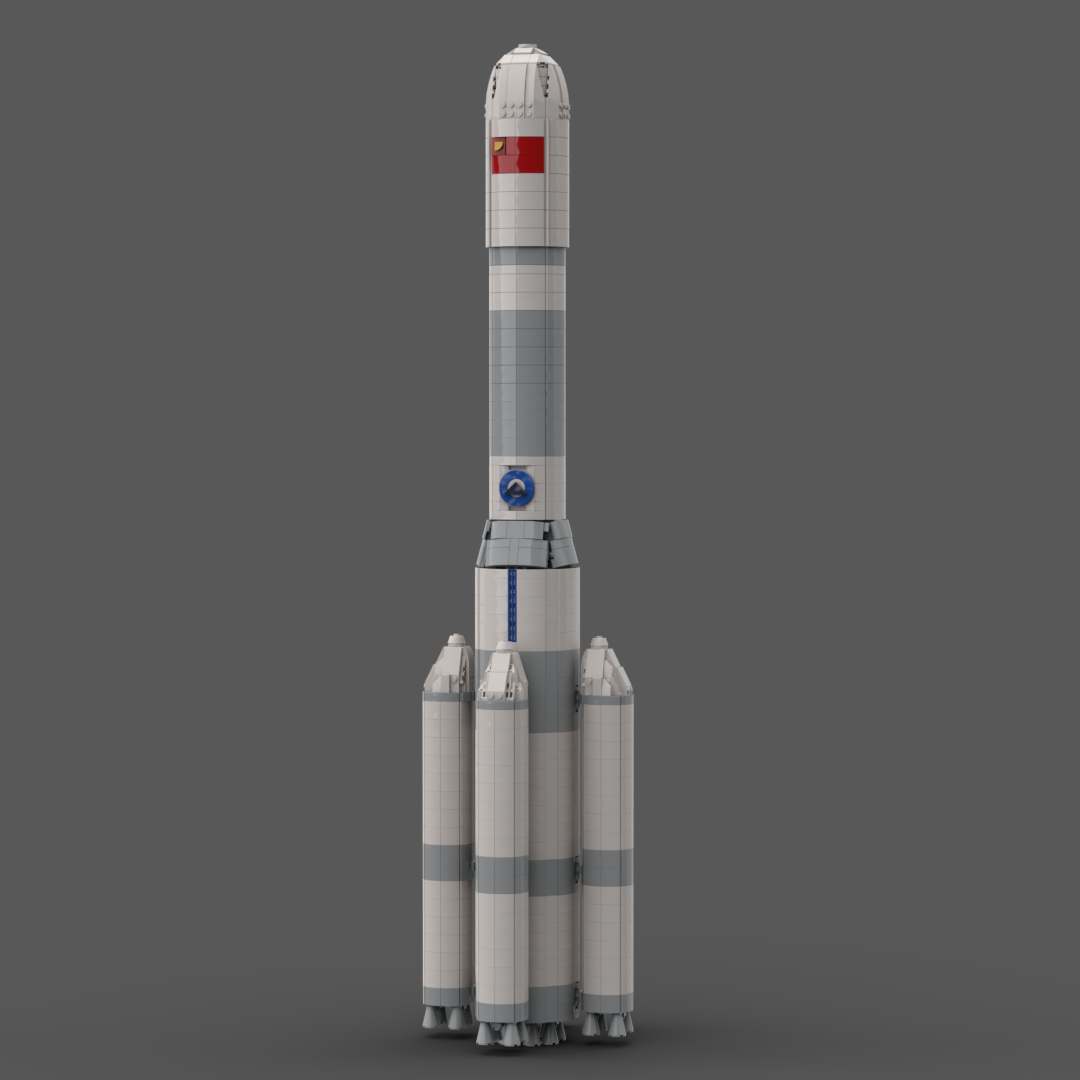
Florentin Möller (SkySaac)
March 2021
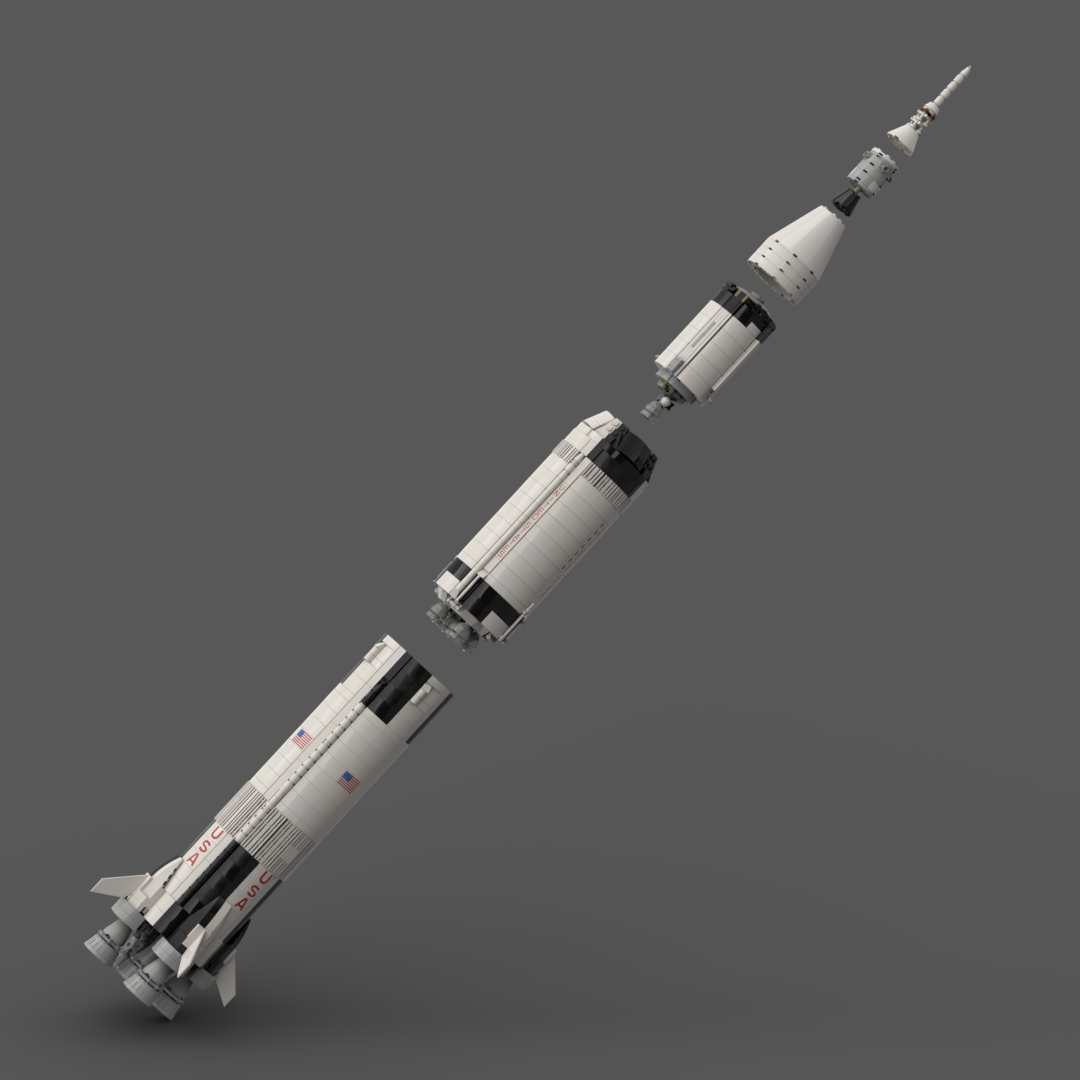
Adam Wilde (Apollo 110)
David Welling (Luxordeathbed)
Greg Kremer
Valerie Roche (WhatsUpToday)
April 2020
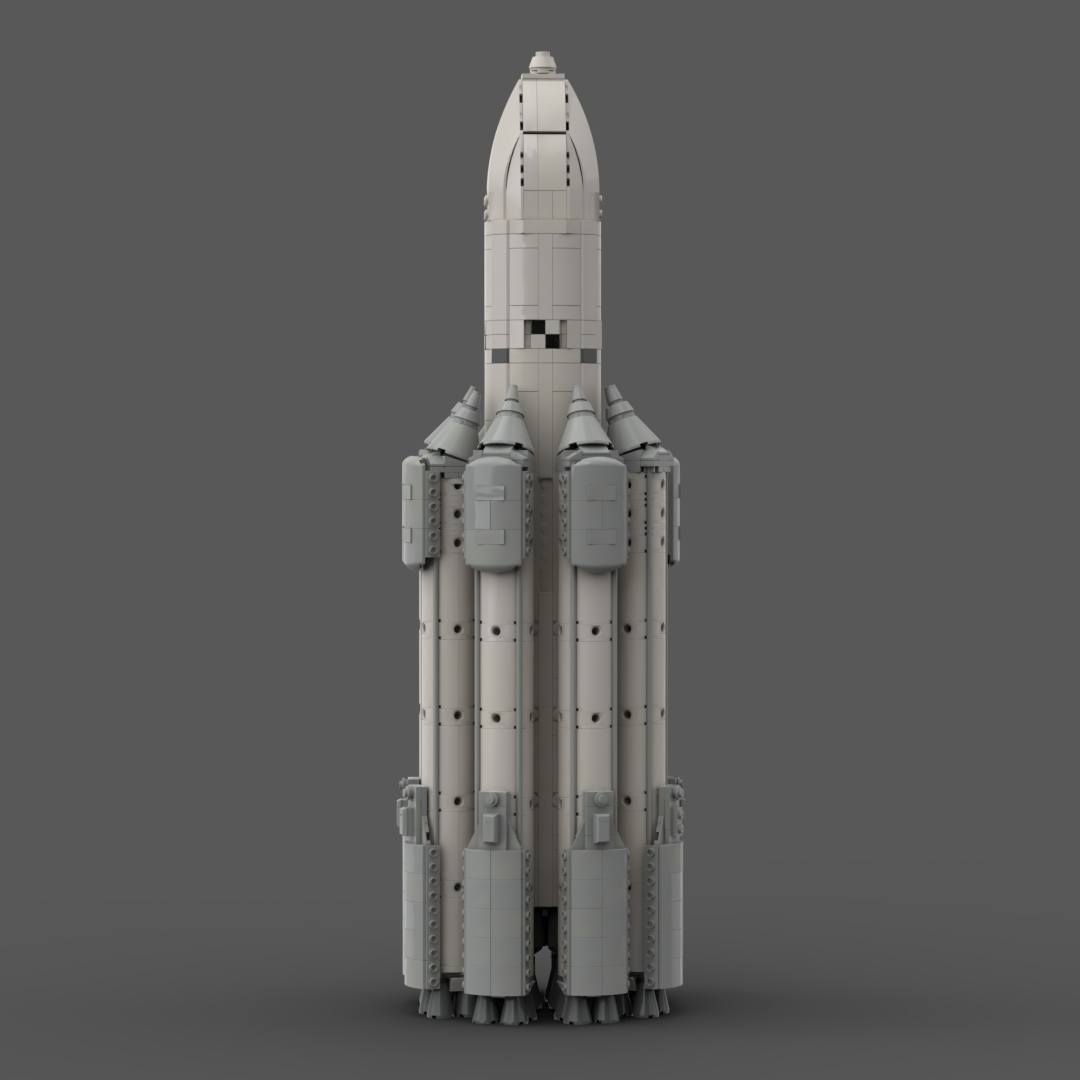
Allan Jordan (Drscoop)
February 2020
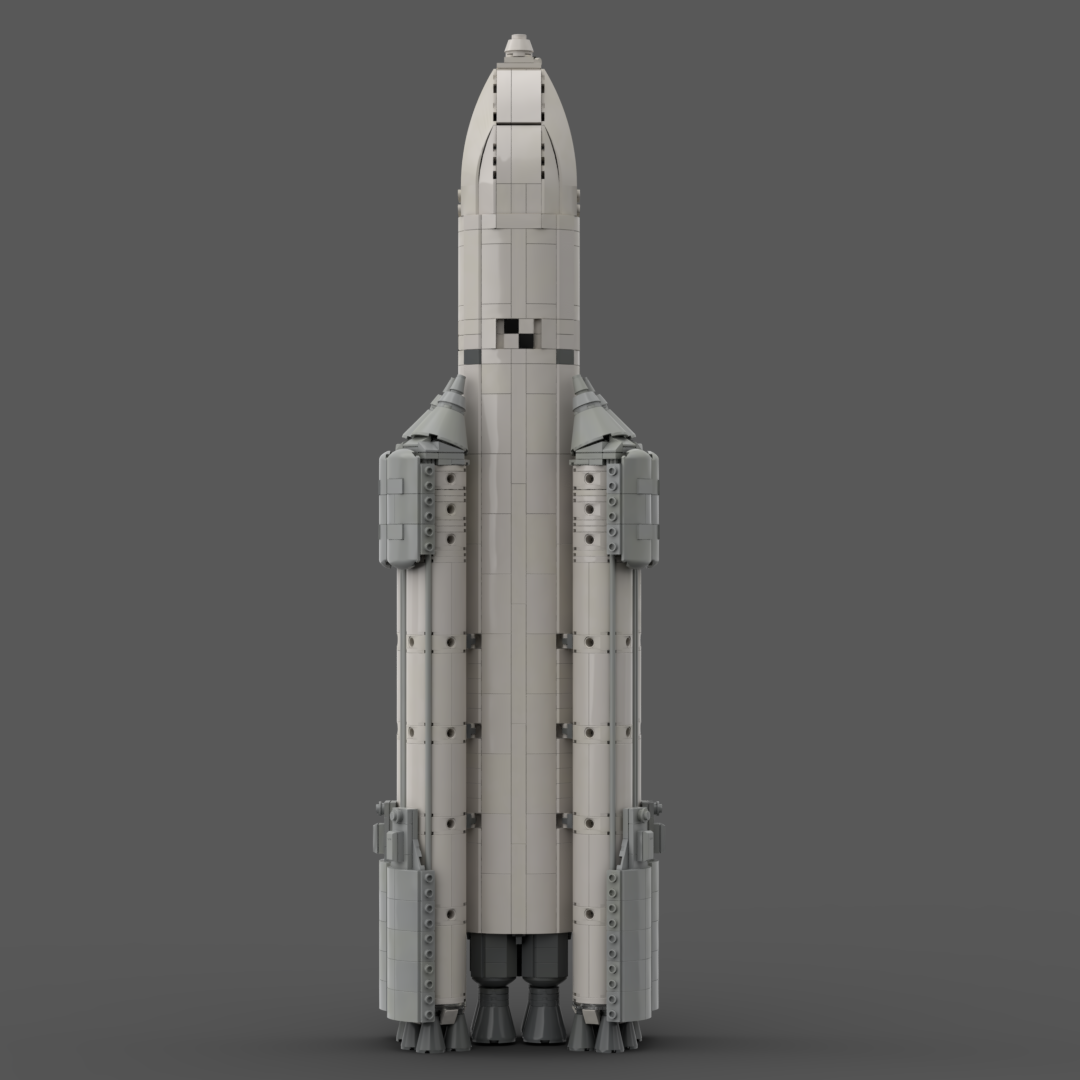
Allan Jordan (Drscoop)
February 2020

Allan Jordan (Drscoop)
January 2020
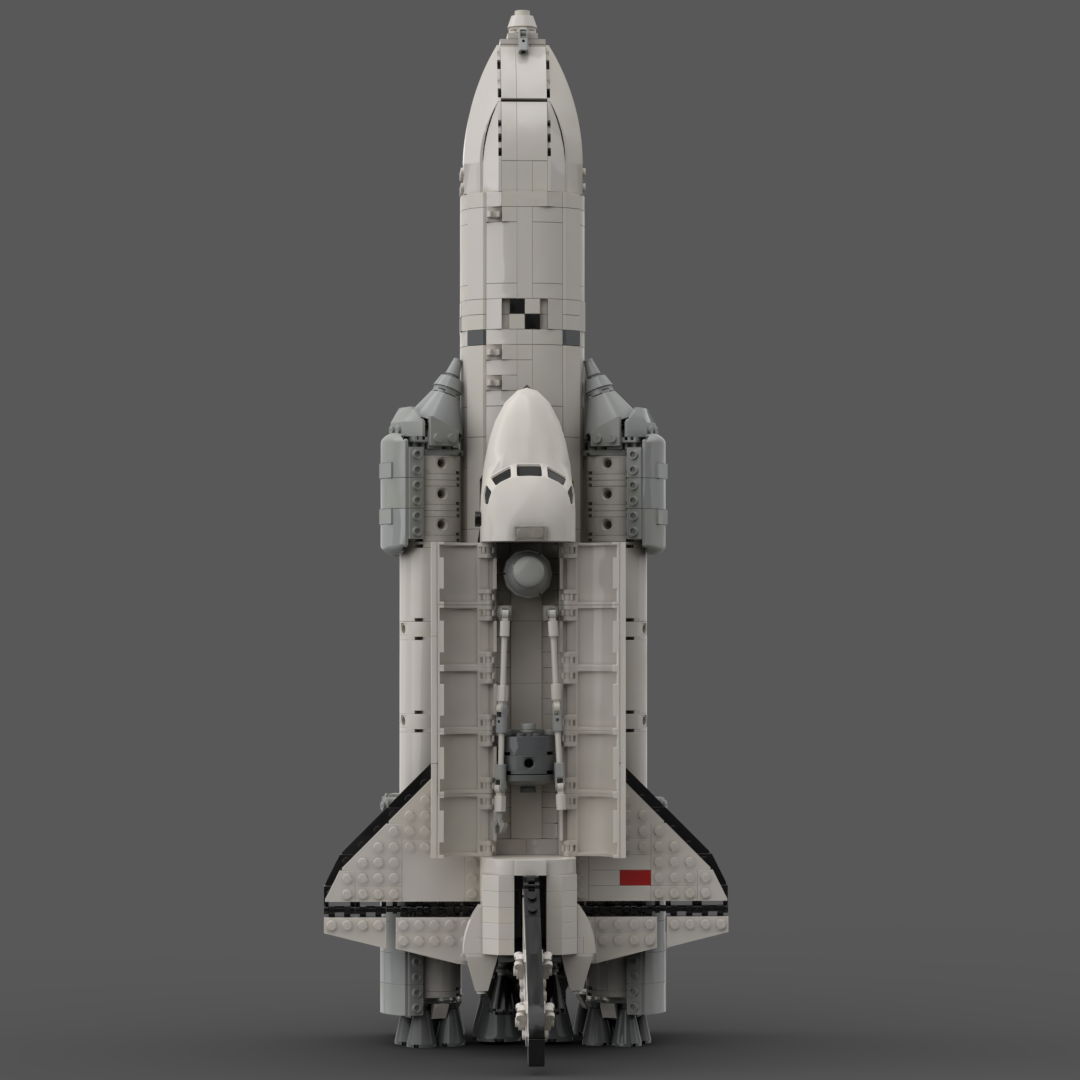
Allan Jordan (Drscoop)
January 2020
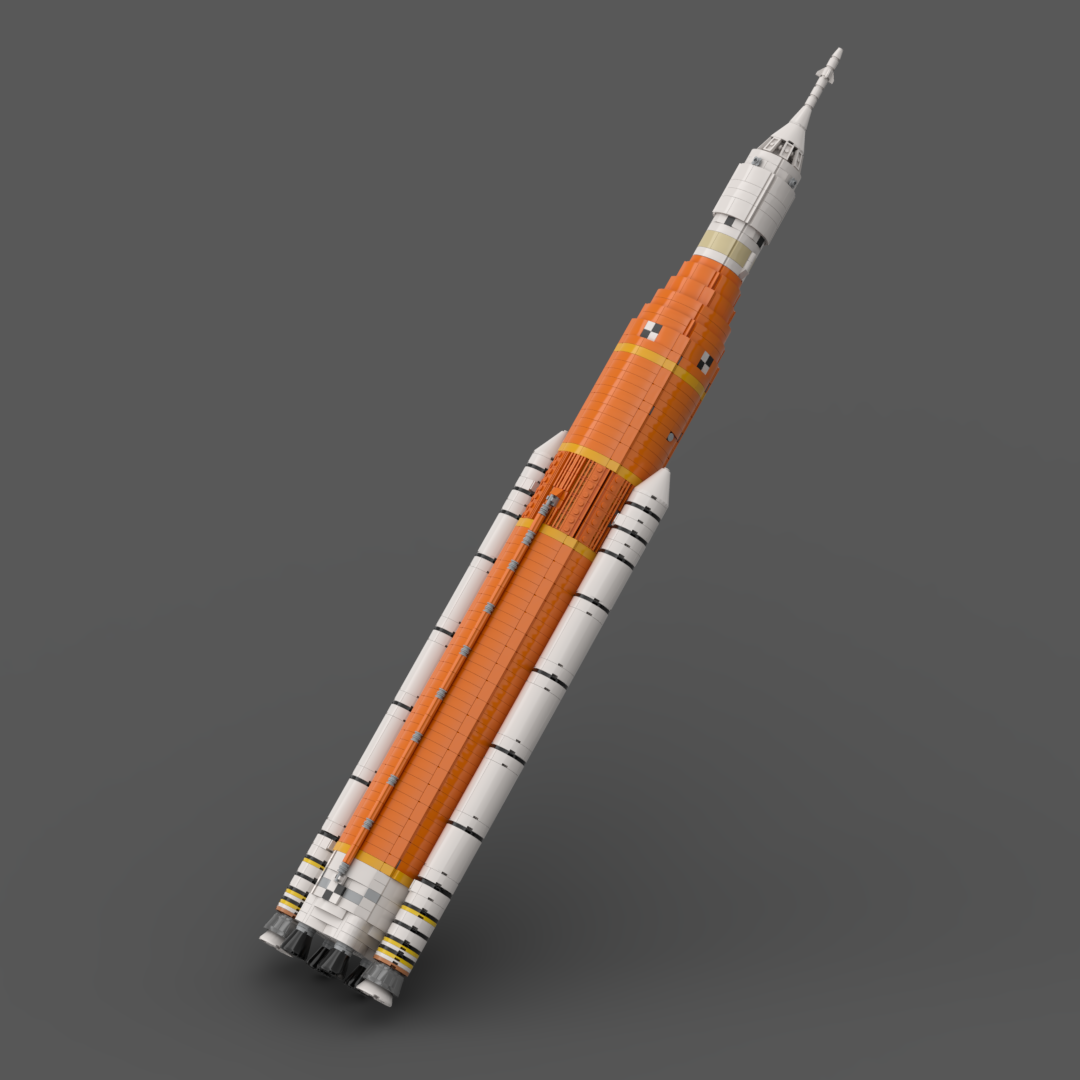
Sebastian Schön (MoppeW40k)
May 2019
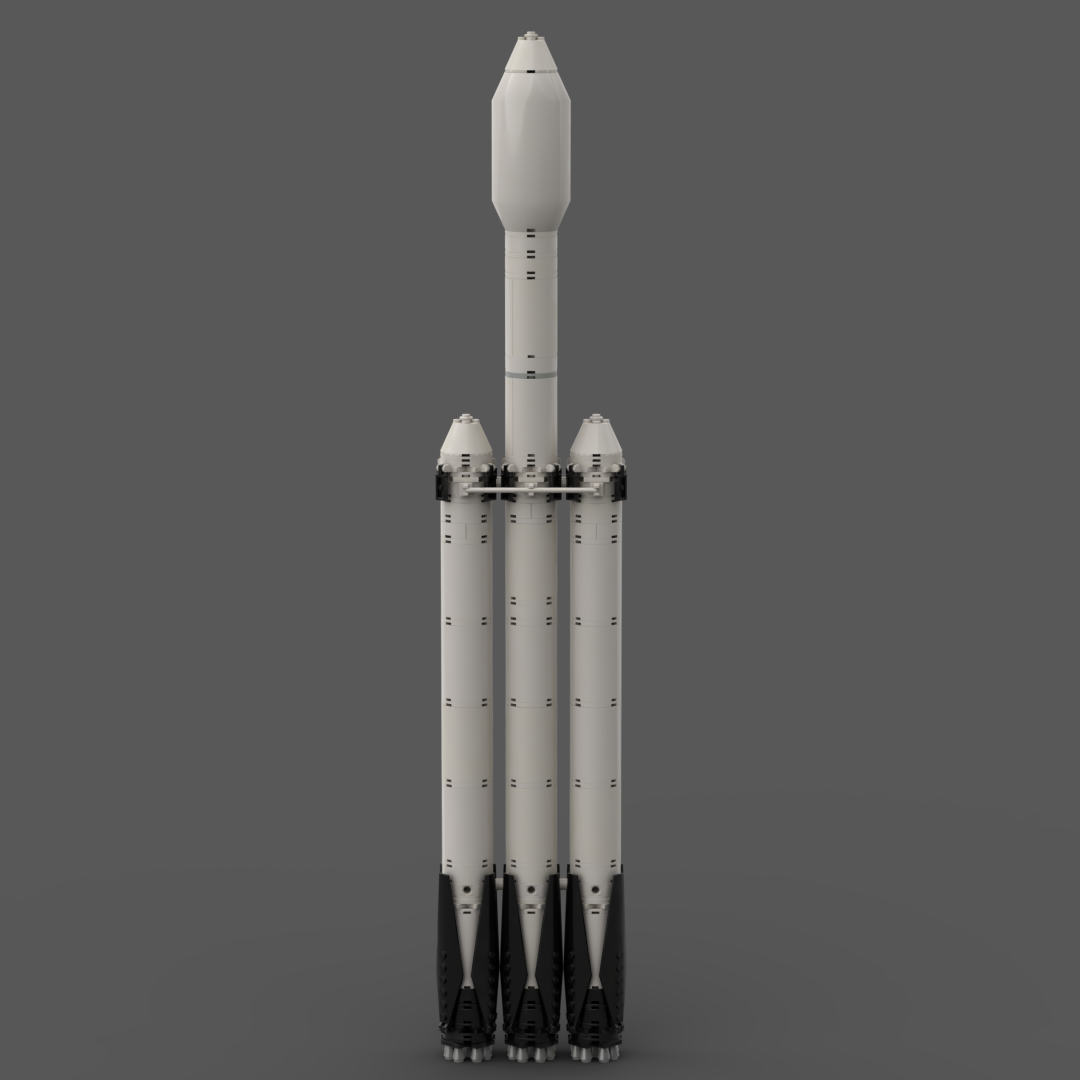
Grant Passmore (Eiffelman)
February 2018